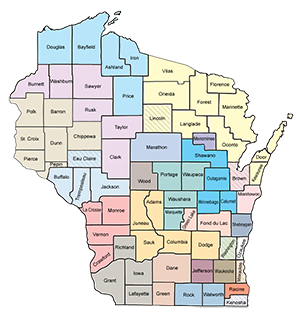Last week the House Committee on the Budget, Chaired by Republican Rep. Paul Ryan of Wisconsin’s first Congressional district, released its FY 2012 budget resolution–dubbed The Path to Prosperity: Restoring America’s Promise. In addition to the full report, you can access the House’s budget summary as well as a House comparison of its budget proposal to the President’s FY budget 2012 request on the FY 2012 Budget page of the House Budget Committee website.
National organizations like the Coalition on Human Needs are calling the House proposed budget a “slash and shift” budget as it would make massive cuts in federal spending on health care, housing, nutrition, education, job training, and other domestic human services while shifting the responsibility to pay for such services to states, localities, or individuals. Center on Budget and Policy Priorities (CBPP) analysis of the FY 2012 House budget plan finds that about two-thirds ($2.9 trillion) of the more than $4 trillion in proposed budget cuts (over 10 years) would come from programs that serve people of limited means like Medicaid, food stamps, low-income housing, and other mandatory and discretionary programs.
Additional CBPP analysis finds that on closer inspection the House budget plan produces far less real deficit reduction than reported as the $4.3 trillion in program cuts is offset by $4.2 trillion in tax cuts which represent a net $155 billion in deficit reduction.
A sign-on letter of national organizations opposing the House Budget Committee-approved FY 2012 budget resolution further illustrates the budget proposal’s reliance on cuts to programs serving low to moderate income people by denying or restricting services under Medicaid, the Affordable Care Act, SNAP/food stamps, housing assistance, education, and others while simultaneously cutting taxes for the wealthiest Americans and for corporations.

